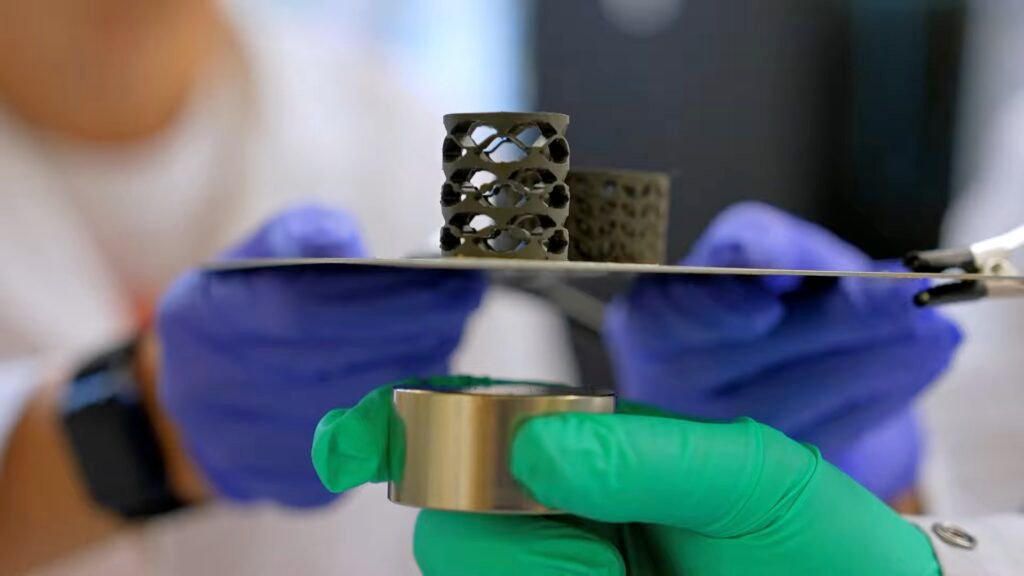Researchers at Rice University have developed a soft, programmable metamaterial that can rapidly change its shape and size when activated remotely, offering a new foundation for safer and more versatile medical devices. This innovation could revolutionize how implantable and ingestible systems are designed, especially for applications that require flexibility, durability, and precise control inside the body.
Unlike traditional materials that rely on chemical composition for their properties, metamaterials derive their behavior from their physical structure. The Rice team, led by mechanical engineer Yong Lin Kong, created a fiber-like material composed of trapezoidal segments and reinforced beams. These geometric features allow the structure to switch between multiple stable states and lock into new configurations even after the external force—such as a magnetic field—is removed.
The metamaterial is both soft and strong. It can withstand compressive loads more than ten times its own weight and remains functional in harsh environments, including high temperatures and acidic conditions that mimic the human stomach. This resilience makes it ideal for use in devices that must operate inside the body without causing injury or inflammation.
To fabricate the material, the researchers used 3D printing to create molds that form interconnected microarchitectures. These unit cells can be combined to build larger structures capable of complex movements, such as peristaltic motion for fluid delivery. The material’s ability to maintain its transformed state without continuous stimulation opens the door to energy-efficient, long-term implants.
In animal studies, the metamaterial was implanted in the intestines of pigs and the brains of mice, where it successfully monitored activity and maintained performance for up to four months. Because of its biocompatibility and adaptability, it could be used to deliver drugs, apply mechanical stimulation, or control the location of devices inside the body with high precision.
The team is now exploring clinical applications in collaboration with surgeons at the Texas Medical Center. Potential uses include treating obesity with ingestible systems that expand or contract inside the stomach, improving marine mammal health through controlled drug delivery, and designing wireless fluidic control systems for unmet surgical needs.
Here’s a video from Rice University that explains more:
Article from Rice University: Rice researchers create novel metamaterial that can potentially revolutionize implantable, ingestible devices
Abstract in Science Advances: Soft multistable magnetic-responsive metamaterials

